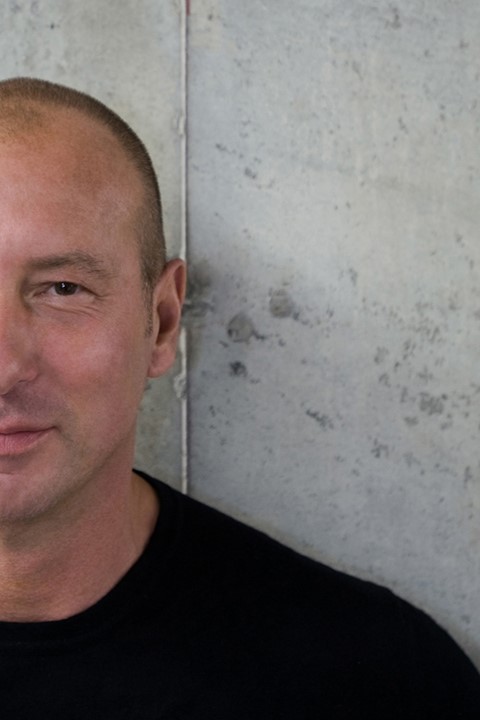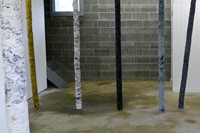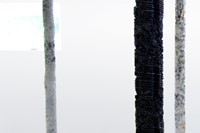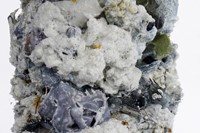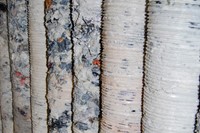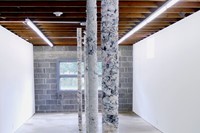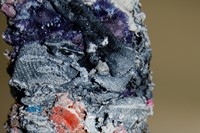People don't change, things change. Never has there been a more spirited example of that than Helmut Lang, the artist working on his own terms who changed fashion in the 90s with pragmatism, (often overlooked) wit and cerebral sex appeal...
“Neville [Wakefield] and I met when he interviewed me in conjunction with my show at The Journal Gallery. We thereafter worked together on my first institutional exhibition at the kestnergesellschaft and became friends. I recently contributed to a group project initiated by the Garage Center for Contemporary Art in Moscow that he curated for this year’s Venice Biennale. While working on that, he asked me to do the exhibition at The Fireplace Project. Make it Hard, which is quite a significant body of sculptures, possibly over 100 pieces, will be exhibited in different installments or in its entirety in the near future. After the [2010] fire in the building where our studio in New York is located, which could have destroyed the rest of the archive which has not been donated to the different fashion, design and contemporary art collections worldwide, and after going for months through the pieces to see in which condition they are, I slowly became intrigued by the idea of destroying it myself and using it as raw material for my art. It was a cathartic experience which lead to an interesting and positive energy. Ironically, it would probably not have happened without the threat of outside force.”
People don’t change, things change. Never has there been a more spirited example of that than Helmut Lang, the artist working on his own terms who changed fashion in the 90s with pragmatism, (often overlooked) wit and cerebral sex appeal. Today, his art is kindred to the fashion he orchestrated over three decades, albeit in a medium with more breathing space. And why shouldn’t he change disciplines? Helmut Lang shifted paradigms as well as clothes, which is the very reason he can work within whatever framework he wants.
Lang’s Séance de Travail (‘Work in Progress’) collections, as they became known, were anti-camp, anti-drama; a jolt away from the posed excess of the 80s. Models walked at ground level opposed to an elevated stage, a powerful reality semiotic that became a metaphor for the expression of the era – a world which he, stylist Melanie Ward and photographer Juergen Teller, who worked with Lang since 1993, shaped into many things we take for granted today. Throughout his years, Lang changed the fashion calendar (moving New York ready-to-wear before Milan); was the first to show his collections online and was the first to introduce ready-made images – clothing without the clothes, if you like – to advertising.
Yet, there was an impressive element of his work many figures failed to engage with. That is the sheer emotion behind his cool surface. His propositions aligned to modernism, yes, but had an artisanal stealth underneath – think A/W94’s cowboy boots customised with red nail polish. Then look at the biker jackets encrusted with paint and smashed-up bottle tops of S/S04. Human touch is a thread that has followed throughout his career, an honest ‘craft’ element atop a violence of expression underneath – just as with works of his close friend and collaborator, the late Louise Bourgeois.
After debut solo exhibits Next Ever After (2007) and Alles Gleich Schwer (2008) established an arena for exploration, the most powerful thing Helmut Lang can do is destroy part of his archives for his trancendental art, which revolves around memory, experience, space and time.
Though to say Lang is just ‘destroying’ for his new show Make It Hard, presented by Neville Wakefield at East Hampton’s Fireplace Project, is simplistic – and nothing the Austrian ever does is that. Fuelled by a fire at his Greene Street studio last year – as discussed with Susannah Frankel in AnOther 19, A/W10 – he’s metamorphosising those synthetic fibres, plastics, metals, leathers, furs, skins, feathers and hair into something else by choice. Sculpture that is at once pensive and interrogative, beautiful, odd and assured – think 16 floor to ceiling columnar forms without the need for a punchline.
Text by Dean Mayo Davies
